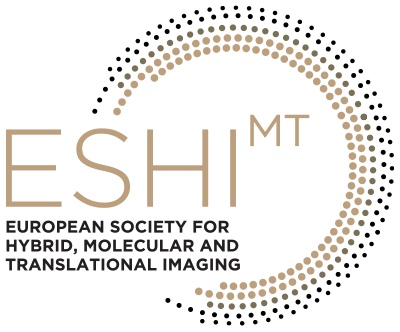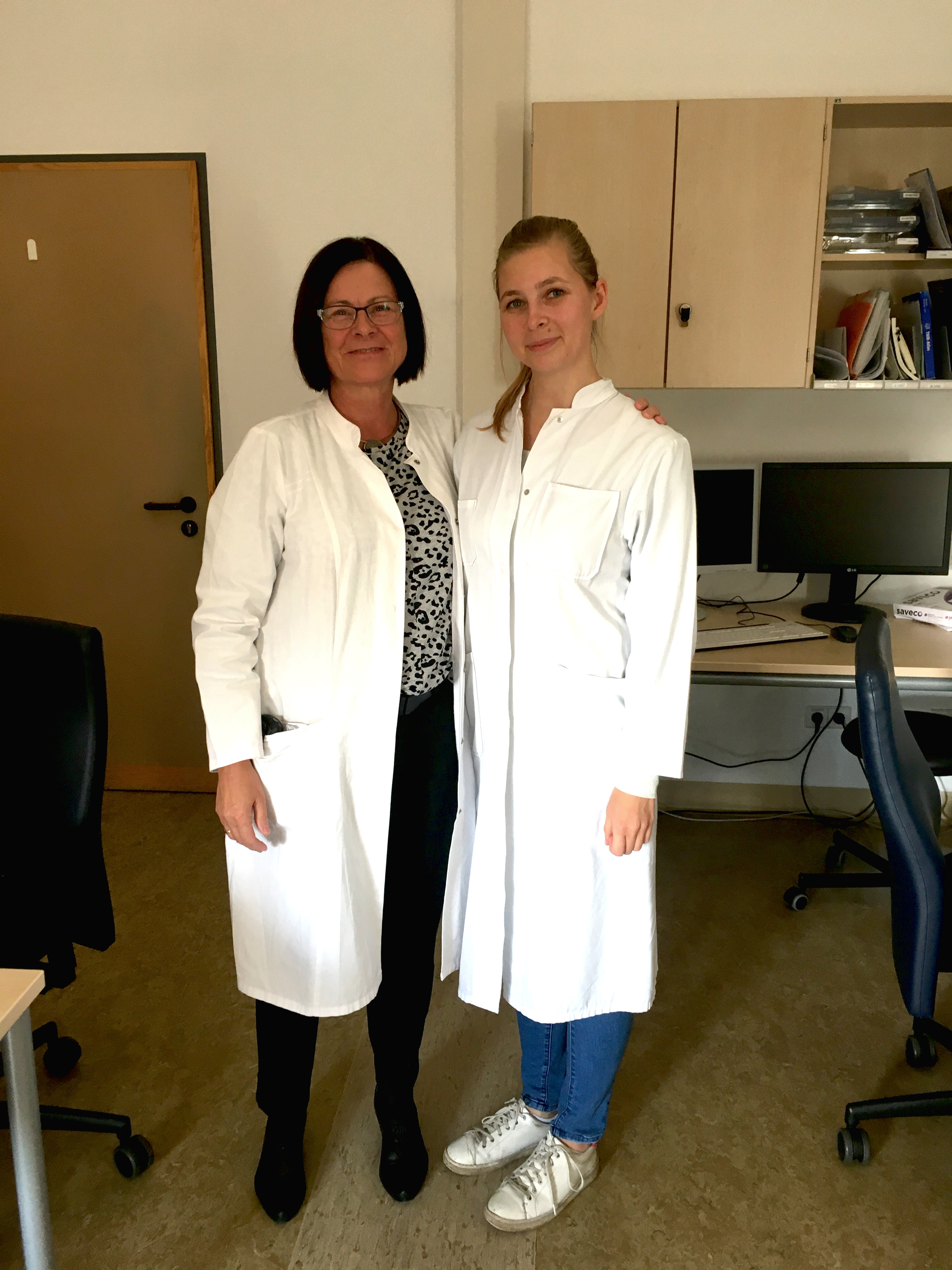Interview with Sofia Rykova – Hybrid imaging fellow 2019
Among many applicants, Dr. Sofia Rykova was chosen as the second ESHIMT-ESOR hybrid imaging fellow. She was granted a 3-months-fellowship at the University Hospital Tübingen (Germany), under the mentorship of ESHIMT Board Member Prof. Konstantin Nikolaou and the tutors Prof. Christina Pfannenberg and PD Dr. Sergios Gatidis.
Dr. Rykova completed her radiology residency in 2016 and is currently working at PET Technology in Moscow, Russia.
We talked to her about his experiences during the fellowship and her motivation to work with hybrid imaging.
Why did you apply for the hybrid imaging fellowship?
I applied for the hybrid Imaging fellowship program because I think that it is most interesting to look at the patient as a whole. You can see all the lesions and evaluate the response to treatment when having a complete visualization image. I had sufficient experience in CT and MRI in adults, especially in oncology, and a little in PET/CT, so I was excited to learn more.
What did you learn during your fellowship?
My main task was to gain more experience in PET/CT and to get acquainted with PET-MRI, both with indications and the practical application. Every day I saw about 8 cases that we examined in detail. I was able to see about 3-5 PET-MRI cases per week, it was really interesting and useful.
I learned about new tracers, such as Domitate, PSMA, FTT and Methionine. In addition to examinations with routine tracers, I saw studies with experimental tracers, such as a tracer for leptospirosis. I was able to see a lot of examinations on PET/MRI, including children examinations and dynamic brain examinations for differentiation tumor recurrence and post-radiation changes. Also, I was able to see examinations and peptide receptor radionuclide therapy in Nuclear Medicine Department. I was lucky to see the highest level of setting up and conducting practical research.
Where do you think hybrid imaging is going in the future?
In my opinion, the future in hybrid imaging will be for more specific tracers and new tracers with greater specificity in the differential diagnosis of metastatic and inflammatory lesions.
What would you recommend to others who would like to engage in hybrid imaging?
I would recommend everyone to go to Germany to a University hospital with a lot of tracers because I’ve never seen or experienced such perfect education.
My special thanks goes to the Prof. Christina Pfannenberg and Dr. Sergios Gatidis. Аs well as special thanks to the residents Felix Peisen and Ying Zhang for their support and for the friendly welcome.


